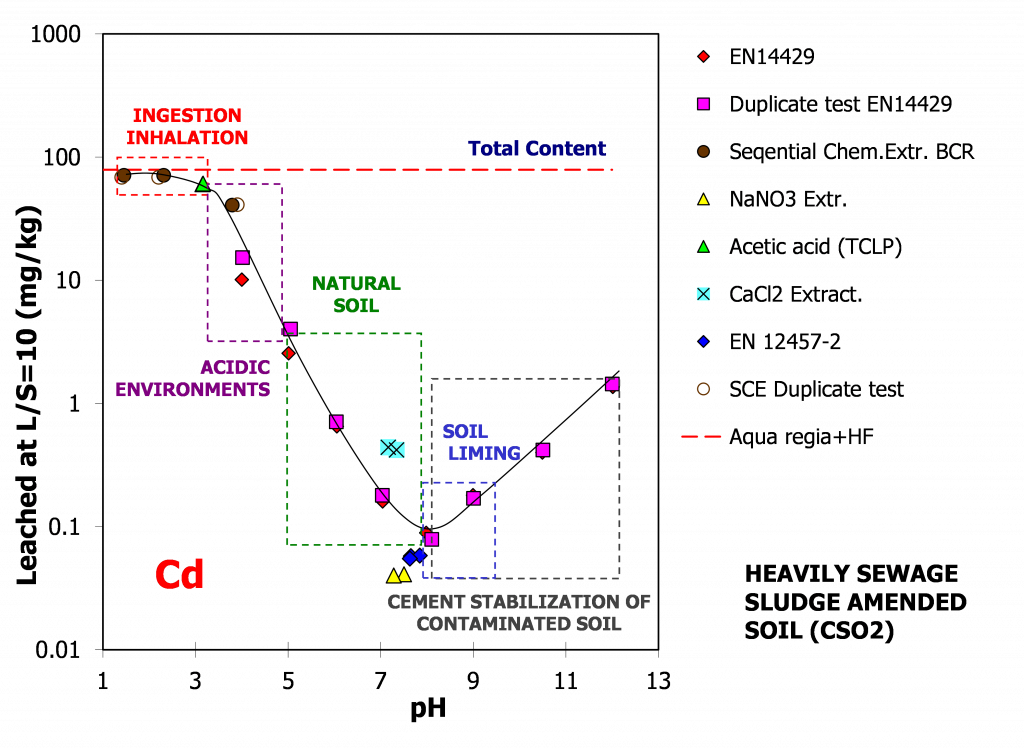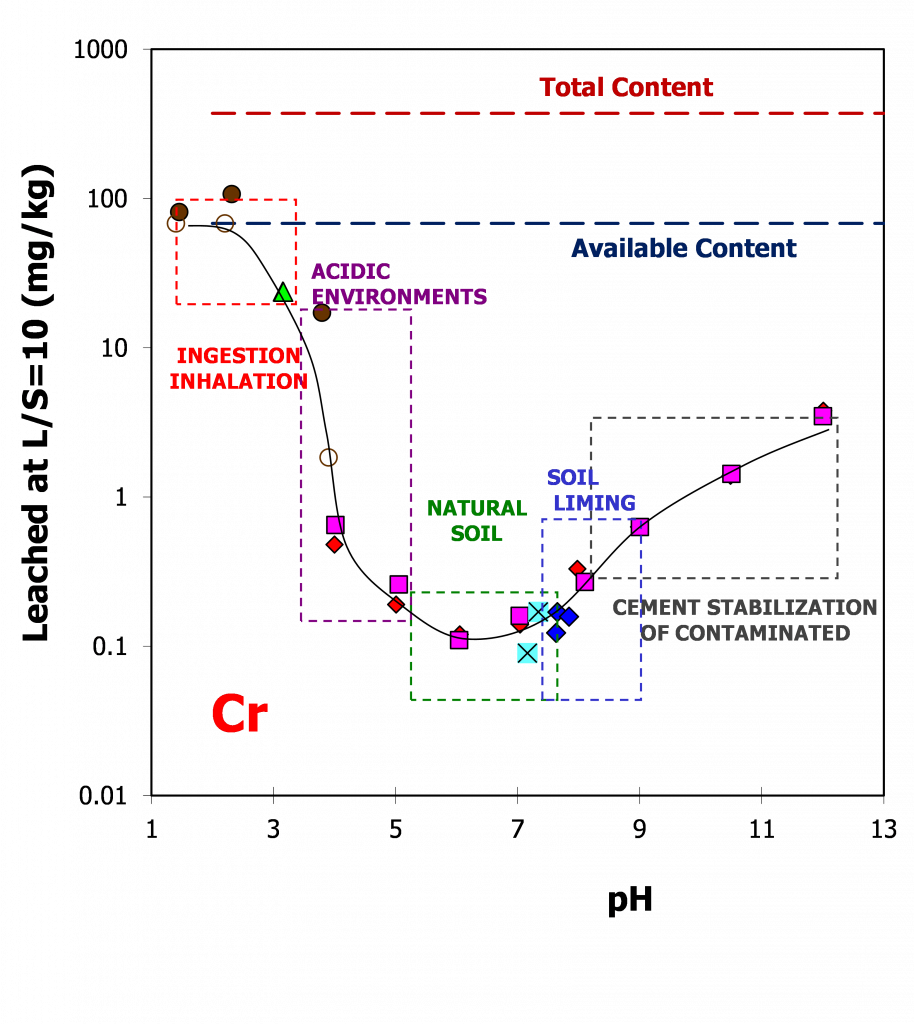Test selection and use
In several publications over recent years leaching tests have been used to verify waste quality, the results of treatment technologies or alternative uses of (waste) material in beneficial applications such as construction products. The widely different methods applied in the different papers from around the world make comparison of test results from different studies difficult, even if the same materials have been studied. Defining interrelations between different test methods can be very helpful to reduce the confusion resulting from test data obtained with different test methods from the same or a very similar material of product.
One day flies
In daily practice a huge amount of data is generated frequently with the sole purpose to satisfy compliance with a regulation. This data is very limited in its scope as it focusses entirely on perceived potentially critical substances and lose their relevance as soon as a decision has been reached. Due to the frequency the cost associated with such type of testing can be quite substantial. In many cases substances are analysed because they are required by regulation, even if they are not relevant for the material under consideration or a substance is considered critical for the wrong reasons (too limited understanding of material behaviour in practice). A more sophisticated selection of relevant parameters for a given case may lead to substantial savings and at the same time provide at least the same level of protection or even better when the relevant parameters to be analysed have been selected based on a proper material characterisation (LEAF approach).
Improved single step test use
Compliance measurements can be use much more beneficially when placed in the proper context. Many leaching tests and almost all regulatory leaching tests are single step extraction methods. Such methods are very limited in their capability to provide an answer to a complex question such as: Can this material be disposed of in this type of landfill or has this material been sufficiently treated to meet requirements for disposal or beneficial application? When judging material behaviour one has to realise that a material produced in or as by-product from a certain process will have certain basic leaching characteristics, which will be the same for all charges from the same process. This has for instance been illustrated for coal fly ash, for municipal solid waste incinerator bottom ash, for steel slag, and for cement mortars produced in different countries around the globe. The type of characterisation tests that allow such insights to be developed go well beyond the single step testing approach, as they provide insight in mechanistic aspects of leaching, such as solubility control, wash-out phenomena or diffusion-controlled release. Such methods may also provide insight in the behaviour of a material under conditions differing from the conditions imposed by the material itself.
By placing single step test results in perspective by showing them in relation to leaching tests results as a function of the liquid/solid ratio (L/S in l/kg) and / or as a function of pH, the single step test data all of a sudden become for more meaningful.
This does imply, however, that certain minimum requirements must be followed in testing, such as reporting pH and analysing for substances which may not be strictly necessary for regulatory purposes. Presenting compliance tests data in conjunction with characterisation tests results can be referred to as a hierarchy in testing, which is equally applicable to waste characterisation as it is applicable to judging environmental properties of alternative materials in construction applications or evaluating contaminated soil to judge long term environmental impact.



